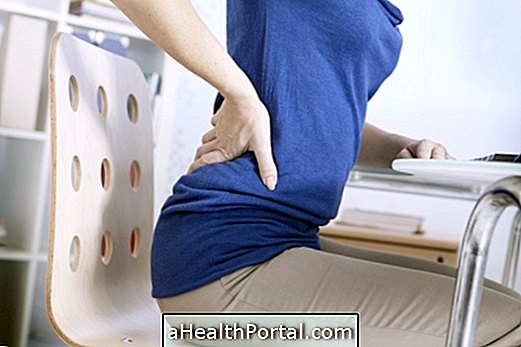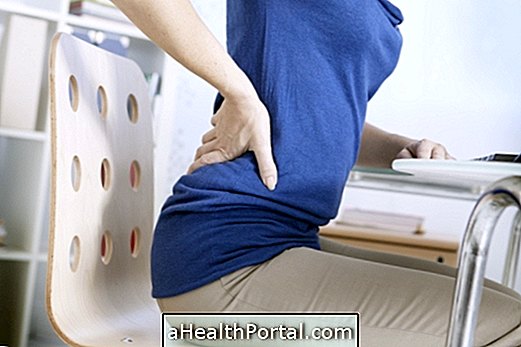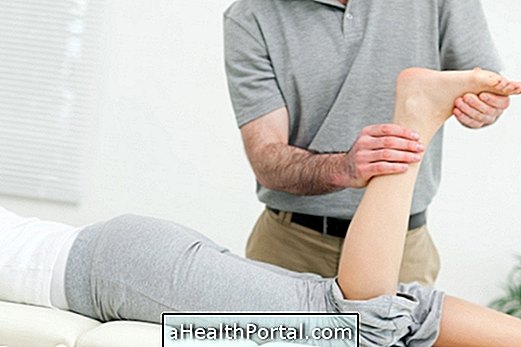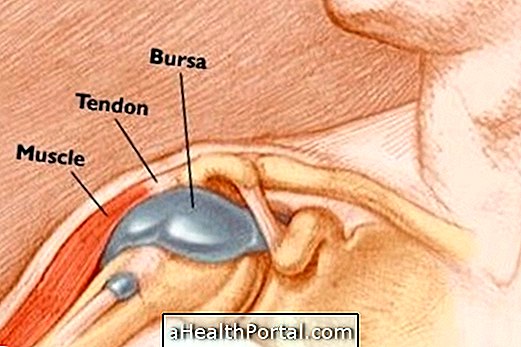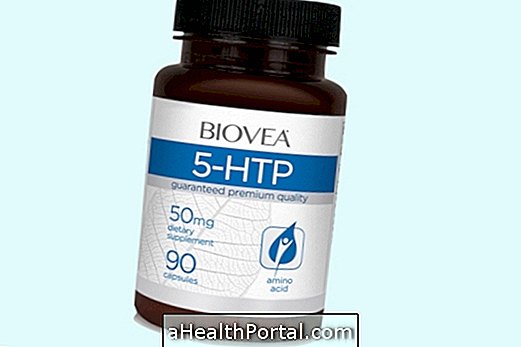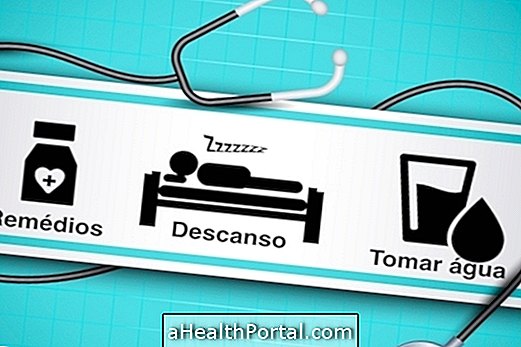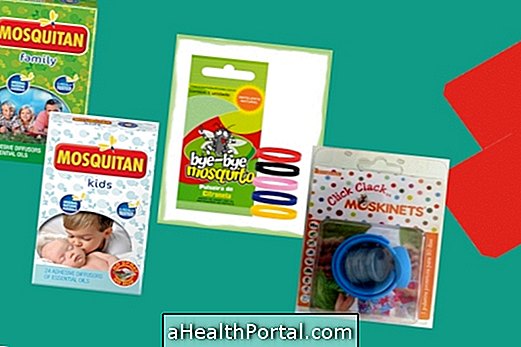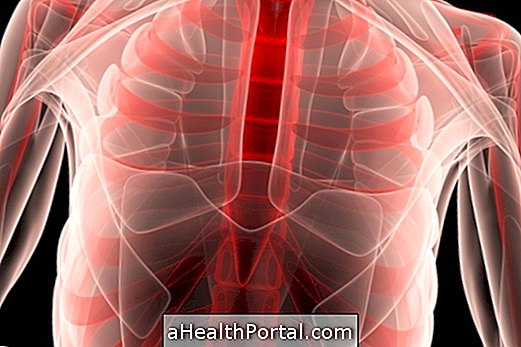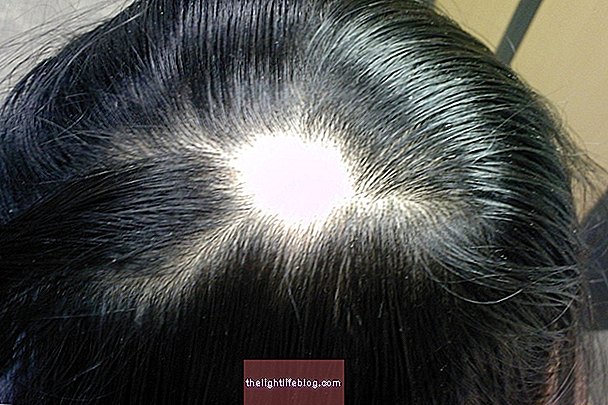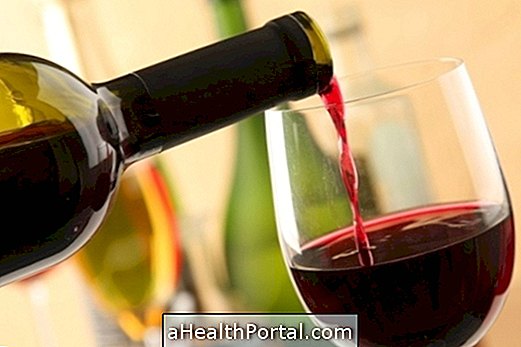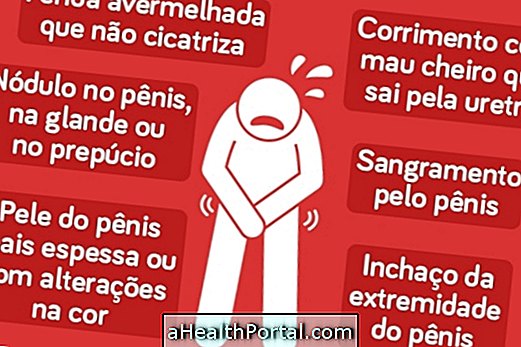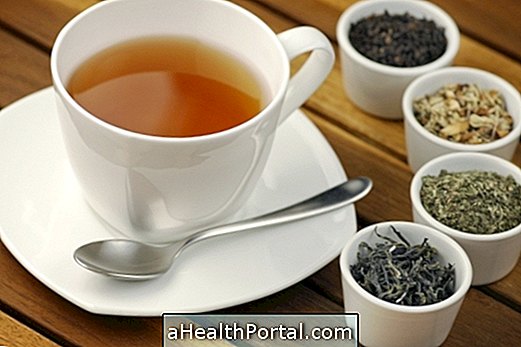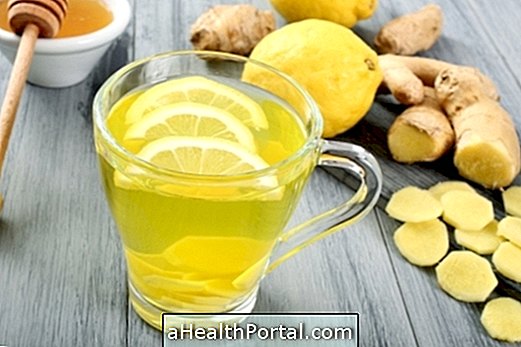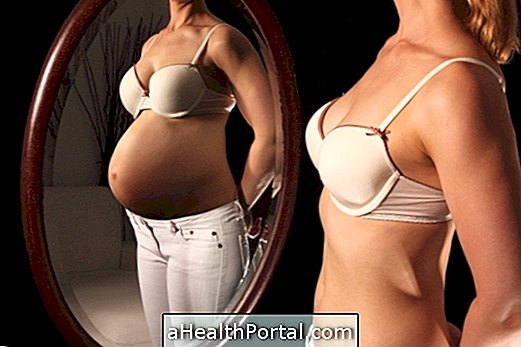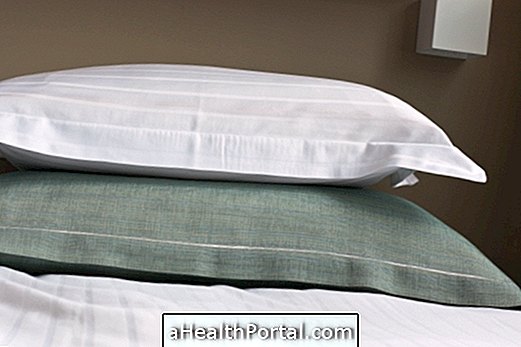Treatment for patellar chondromalacia can be done with resting, use of ice packs and exercises to strengthen the muscles of the legs, especially the quadriceps, which forms the anterior part of the thigh to decrease pain, inflammation and friction between the bone the thigh, the femur and the knee bone, the patella.
Although pain and discomfort in the anterior part of the knee decrease with the use of anti-inflammatories, analgesics and cold compresses, it is important to have physical therapy sessions to strengthen the leg muscles so that the knee joint becomes more stable, reducing the recurrence of the knees. symptoms.
Pain in the front of the knee usually worsens when sitting and climbing stairs, as well as walking and squatting. Here's what you can do at home to relieve knee pain.
Medicines
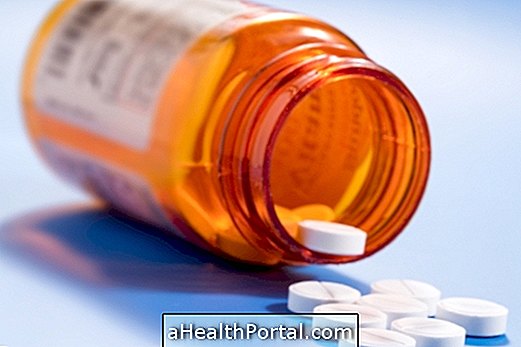
Analgesic and anti-inflammatory medicines can be used in pill form and also in ointment form to be applied directly to the pain site, but always under the guidance of the orthopedic doctor because there are restrictions and contraindications that must be respected.
Usually the drugs are indicated for 7 days, early in the treatment to relieve pain and facilitate movement, but should not be used any longer because they can harm the stomach. In addition, before taking any anti-inflammatory it is indicated to take a gastric protector, to protect the walls of the stomach. Taking the medicine after meals also helps lessen the gastric discomfort that it can cause.
The ointments can be used 2 or 3 times a day, with a small massage, until it is totally absorbed by the skin. Applying the ointment after a warm bath can increase its effectiveness because it makes it more easily absorbed.
Physiotherapy
Physical therapy is very important and can be done with the use of devices that act as analgesic, relieving pain, and anti-inflammatory, fighting inflammation and should be prescribed by the physiotherapist after an evaluation with this professional.
Initially, each session may consist of: appliances, kinesiotherapy techniques such as joint and patellar mobilization, strengthening exercises, stretches and cold compresses.
The physiotherapist may indicate the use of devices such as tension, ultrasound, laser or infrared for a period of time and then exercises should be performed that should strengthen the muscles of the front and side of the thigh, such as:

Each exercise can be performed in 3 sets of 10 to 20 repetitions. At the beginning of the treatment the exercises can be carried out without weight, but it is necessary to increase the resistance, putting different pesks in the cinnamon, as the pain is diminishing.
Stretching the muscles of the back of the thigh are also very important for knee recovery. Some stretching exercises that can be performed after strengthening exercises can be:

To do these stretches just stand in the position that indicates each image for 1 minute, for 3 to 5 consecutive times. However, one should not keep the same elongation for more than 1 minute because it will have no benefit and so it is important to take intervals every minute so that the muscle can return to its neutral position before starting a new stretch. These stretches can be performed daily at home to aid in treatment.
Cold compresses may be helpful after physiotherapy exercises. To do this, simply apply the compress to the sore area, letting it act for 20 minutes, but with a cloth with a thin cloth to protect the skin. See when it's best to use hot or cold compress in the following video:

Here is an exercise that may be useful when there is no pain at the end of treatment: Knee proprioception exercises.
Surgery
In more severe cases, when the person has degrees IV or V of patellar chondropathy, a change that can be discovered on a knee x-ray or MRI, the orthopaedist may indicate knee surgery to repair the injury, and following the individual should do at least 6 weeks of physical therapy to improve the range of knee movements and be able to walk, run and sit normally without any pain. Learn how this surgery can be done by clicking here.

